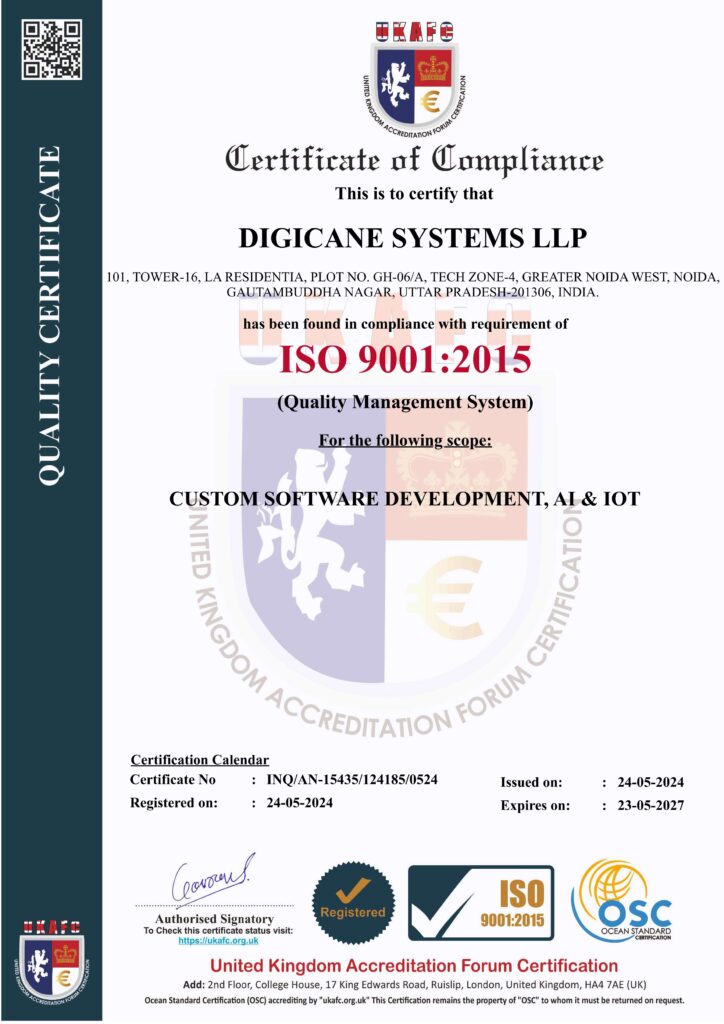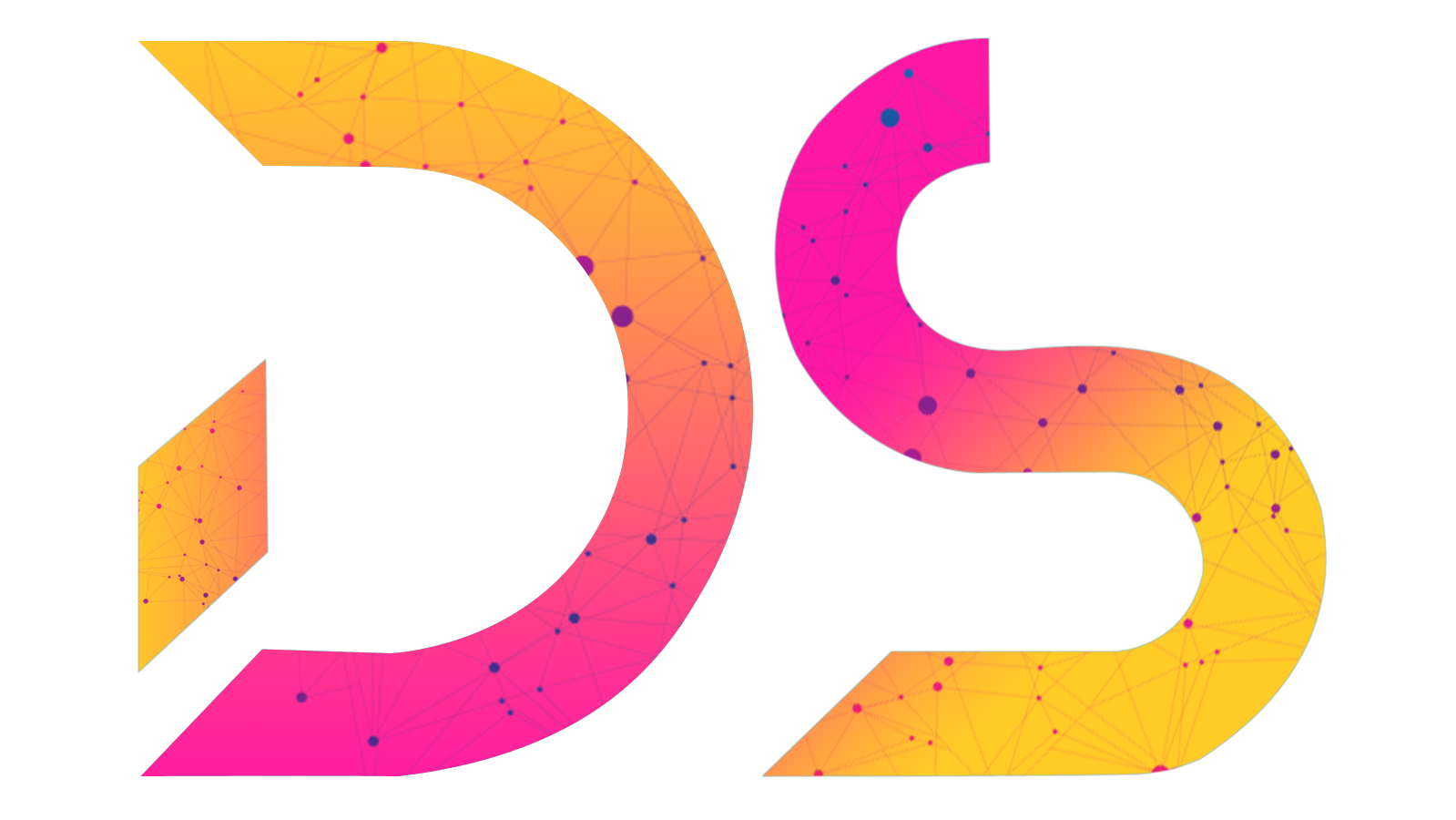How Smart Watering System for Home Plants Based on IOT is Transforming the World of Gardening?
For most apartment dwellers or homeowners, it has become a major challenge to take care of their balcony garden in their absence. There are times when you forget to water the plants until they finally dry out. Also, sometimes you end up overwatering the plants causing their roots to rot. Thanks to the advancement of technology. Now you can design a beautiful home garden without undergoing the hassle of watering the plants manually. Digicane Systems has introduced a go-to solution for Smart watering system based on IoT project to make gardening effortless.
Smart Irrigation System Using IoT: Sensors and Controllers
In dry seasons, irrigation is often required to maintain landscape quality. Under- or over-irrigating can increase the risk of disease, cause waste water and reduce overall landscape quality. The efficiency of an irrigation system is affected by several factors, including the design, installation, and site conditions. The amount of water used to maintain a landscape is a major factor in determining the overall water consumption for a property. Delhi NCR accounts for 30 to 50% of the household’s water consumption. Incorrect watering techniques can lead to significant water loss due to evaporation and wind. This loss can be reduced or eliminated to reduce utility bills, and create a healthier landscape.
Smart Irrigation System using IoT can help you save water outdoors. Smart irrigation sensors and controllers have been developed in order to reduce outdoor water usage by irrigating plants based on their water needs, as opposed to the traditional automatic system timers that irrigate according to a fixed schedule set by the user. The technology is available as a controller that includes a sensor or as an add-on to an irrigation timer. Smart irrigation technology can use weather data or soil moisture to determine how much water is needed for the landscape. Smart irrigation technology includes the following:
How Does the Smart Watering System Based on IOT Work?
The smart watering system based on IoT has been created with a technology that offers an innovative technique for maintaining a small to medium-sized garden. The integration of the IoT technology offers you the latest information on the required amount of temperature, moisture, lighting and humidity conditions for maintaining an optimum gardening environment. Using this smart watering system, one can easily keep track of their garden’s health regardless of location.

The most significant benefit of the smart automatic watering system feature is to make sure that all your plants are getting the correct quantity of water at the right time. All of this takes place without the need for manual intervention. The entire procedure is both time and water-saving in nature making your garden greener and healthier.
Digicane System’s Smart watering system using IoT helps to simplify garden care eliminating guesswork and ensuring better plant growth. Experience the future of gardening with the IoT based Smart Watering System. Say goodbye to manual watering and hello to well water irrigation system. Order now and enjoy smart gardening.
Since the applications of smart irrigation system using IoT are wireless, it can be easily controlled with an independent iOS or Android app. With the app, you can monitor your garden’s characteristics, modify the scheduling of your irrigation system, and receive alerts for any potential problems. This gives you total control and peace of mind.
New Smart Controllers for Irrigation Technology
Smart Irrigation System using IoT technology is available in a wide range of options that can be beneficial to consumers. It is important to choose the right technology for your situation in order to maximize water savings. In some parts of Delhi NCR there are watering restrictions. The irrigation timer can be adjusted to allow for the days that you may water. There are two types of irrigation controllers: soil moisture controllers and climate controllers.
Climate-Based Controllers
Climate-based controllers, also known as evapotranspiration controllers (ET), use local weather information to adjust irrigation schedules. Evapotranspiration is a combination of soil surface evaporation and plant transpiration. These controllers use local weather data to adjust irrigation times based on the information they gather.
Basic Types Of ET Control Systems Exist:
Soil Moisture Sensor Controllers
Soil moisture sensor controllers are the second type of intelligent irrigation controllers. Soil moisture sensor controllers use a soil sensor installed belowground at the root zone to determine water needs. The soil moisture sensors estimates the volumetric water content of soil. The volumetric water content is the percentage of soil that is occupied by liquid. Controllers can be set to open valves and begin irrigation when the volumetric content of water reaches an user-defined threshold. The threshold value is determined by the soil type and vegetation. It can range from 10 to 40%. The soil moisture sensor must be placed in an area representative of the turf, far enough away from sprinkler heads and tree roots.
As with ET controllers soil moisture controllers can reduce irrigation while maintaining turfgrass. In comparison to the homeowner’s Smart Irrigation System using IoT schedules soil moisture controllers saved an average of 72 percent on irrigation and 34 percent in drought conditions. Smart controllers can increase water consumption at some sites, even if they typically use less water than the theoretical requirement.
How do you Control the Smart Watering System?

The sophisticated sensor and algorithm function together to provide plants with the best possible growing environment, promoting healthy development and lowering the possibility of over- or under-watering the system.
Impact of the IoT based Smart Watering System on the Finance and Environment
Not only does less trash benefit the environment, but it also saves households’ water costs. Through utility savings, the initial cost of a smart garden system may be repaid very quickly. Furthermore, having a very effective irrigation system is more important than ever as droughts and water shortages become more frequent worldwide.
Add-On Sensors For Smart Irrigation:
It is not always practical to upgrade an existing scheduling Smart Irrigation System using IoT controller. A soil moisture sensor, a rain, wind, or freeze sensor, can be added to existing irrigation systems to increase their efficiency. Some manufacturers make devices that can measure multiple environmental factors using a single apparatus. Many sensors are easy to install, compatible with existing systems and produce results similar to smart irrigation controllers. Add-on sensors can be more affordable than smart controllers if an irrigation timer compatible with the sensor is already in place.

Smart watering system based on IoT in India are changing indoor and urban gardening in ways that go beyond just watering. Smart hydroponic systems may grow plants vertically or horizontally on thin shelves without the need for soil, enabling fresh vegetables to be enjoyed anywhere—in homes, flats, and businesses. No matter how compact space they have, individuals may enjoy fresh greens, herbs, and veggies thanks to small-footprint aeroponic gardening towers.
With smart irrigation system using IoT, everyone can maintain their garden while saving time and water. Now that hard work, guessing, and water waste are out of the picture, it’s simpler than ever to manage abundant plantation with Digicane System’s smart watering system. IoT plant care is booming into a game-changing horticultural revolution for home gardeners, urban farms, workplace landscapers, and anybody else looking for an easy way to liven up their living environments. When intelligent systems can always get it exactly right, why fight against under- or overwatering? Ultimately, it appears that gardening has a brighter future ahead of it.
Soil Moisture Sensors
Connecting soil moisture sensors to existing irrigation controllers is possible. The sensor detects soil moisture in the root zone prior to a scheduled irrigation cycle and bypasses it if soil moisture exceeds a certain threshold. There are different types of soil sensors available. Before purchasing one, the consumer should check compatibility with their system. Some soil moisture sensor systems include a soil freezing sensor which will stop the irrigation cycle when temperatures drop below 32 F. These sensors can be wired or wireless.
Rain And Freeze Sensors
These sensors, although not Smart Irrigation System using IoT technology by any means, interrupt the irrigation cycle when a freeze or rain event occurs. It is wasteful to water during rain, and it can also cause runoff. There are three different types of sensors and each one is based on a separate concept.
The original rain sensor, still used today, uses a small basin or cup to collect water. Once a certain amount has been collected, the cup’s weight interrupts the irrigation system. The debris in the cup may also disrupt the irrigation cycle. It is important to check and clean the cup periodically.
The second type of sensor is a dish that has two electrodes at a certain distance from the bottom. The distance can also be adjusted for smaller rain events. As with the first rain sensor type, debris in the cup can affect accuracy. The irrigation cycle is stopped when the water reaches electrodes.
The third type does not use a cup to catch rain, making it reliable and low-maintenance. The sensor instead uses several disks which expand when they become wet. The disks expand and trigger the switch, interrupting the cycle. Once the disks have dried out, the system will restart the cycle. Check the disks at least once per year to see if they are in need of replacement. All devices should be installed in an area that will receive rain.
The amount of rain in a given year will determine the potential water savings. Water savings are greater in years of average or above-average rainfall than they are during dry years. Rain sensors can pay for themselves in less than one year. However, they should be regularly monitored to ensure optimal performance.
Intelligent Features of the Smart Watering System
You can control the IoT based smart irrigation system from anywhere utilizing features like:
- WIFI
- Alexa Voice Command
- Available timer feature
- Accurate scheduling to water your plants
- Connect the system directly to your water tap
- Customize the water flow for each plant as per the requirement
- Optional lighting theme available for plant
- It comes with sprinklers, spray and tap
- The system is power-efficient
- It can also work on inverter
- Safe for power fluctuations
- It comes with an energy consumption monitoring system
- Allows easy installation


Digicane Systems committed to “Total Quality Management” hence we are proved our product and services under ISO 9001:2015 (Quality Management System)
अब ससुराल जाना हुआ आसान !
“पौधों को पानी कौन डालेगा, बहाना नहीं चलेगा”
Digicane Systems committed to “Total Quality Management” hence we are proved our product and services under ISO 9001:2015 (Quality Management System)


